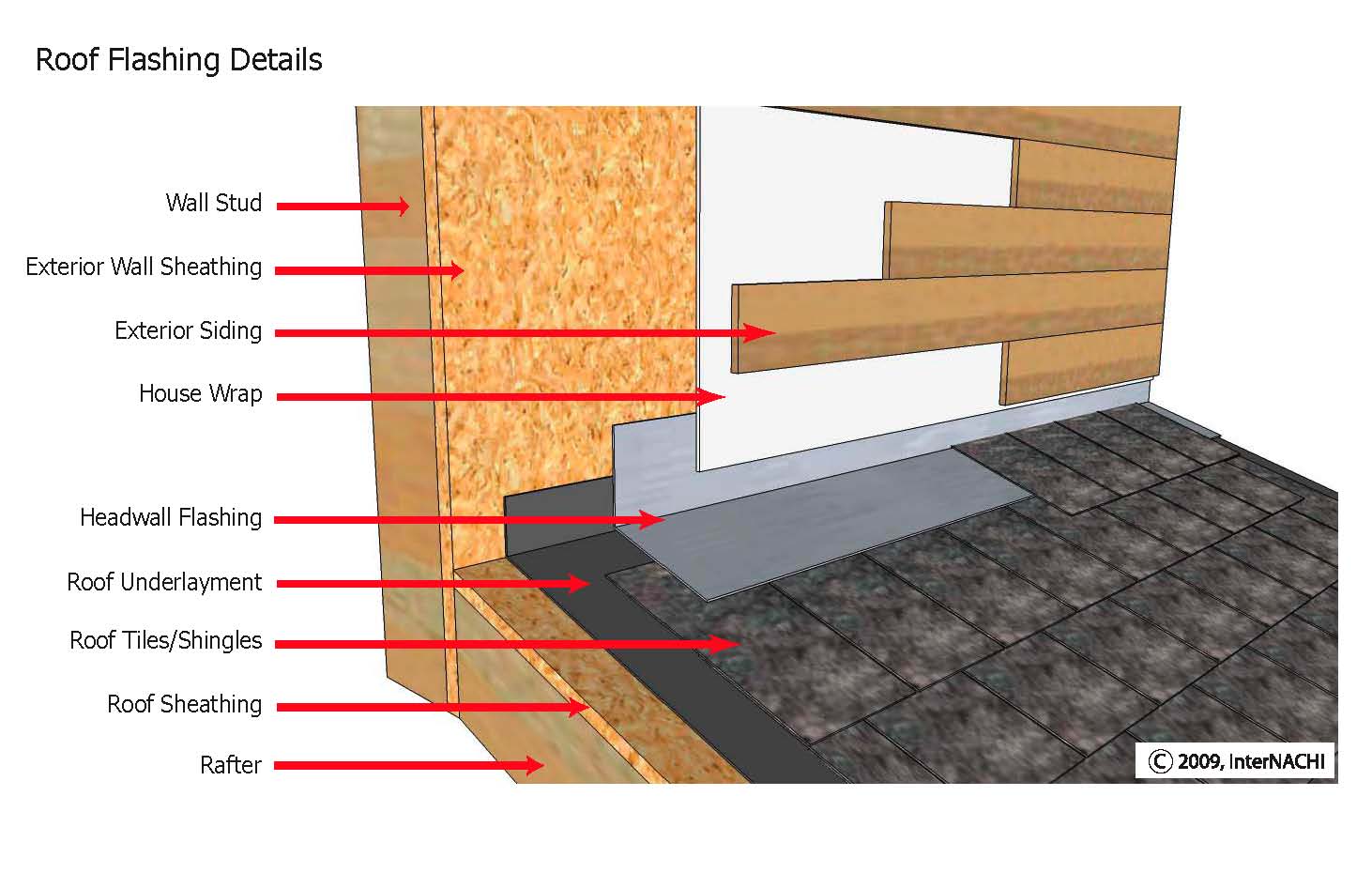Roofing is a crucial part of architecture for a number of essential causes:
Protection from the Elements: One of the primary features of a roof is to offer shelter and safety from environmental parts such as rain, snow, wind, and excessive temperatures. It prevents water from entering the constructing, which can trigger structural injury, mold growth, and other issues.
Structural Integrity: Roofs play a crucial function in sustaining the structural integrity of a building. They distribute the weight of the roof and any masses (e.g., snow) evenly to the partitions and basis. A well-designed and properly constructed roof ensures the steadiness and safety of the complete structure.
Aesthetics and Design: Roofs are a visual and prominent a part of a building's exterior. Architects use roof design to reinforce the general aesthetics of a structure. The form, materials, and magnificence of the roof can contribute to the architectural character and attraction of a building.
Environmental Considerations: Sustainable structure locations an emphasis on vitality efficiency and environmental responsibility. Roofing supplies and design can influence a building's power performance. For instance, cool roofs can replicate more sunlight and absorb less warmth, lowering cooling costs and concrete warmth island effects.
Natural Lighting and Ventilation: Roof design can incorporate features like skylights, dormers, and roof vents to offer natural lighting and ventilation inside a building. This can improve indoor consolation and reduce the need for artificial lighting and mechanical ventilation.
Historical and Cultural Significance: In some architectural styles, similar to Gothic or Victorian, the roof can be a key element that reflects the historic and cultural context of a constructing. Roof particulars and shapes can inform a narrative about the period during which a construction was constructed.
Space Utilization: Roof design can create additional usable space within a constructing, similar to attic rooms, rooftop gardens, or outdoor living areas. Architects usually consider the way to maximize house and performance when designing roofs.
https://roofrestorationcamden.com.au/flashing-installation/">Flashing Camden : Energy-efficient roofing supplies and design can contribute to a constructing's overall vitality performance. Proper insulation and ventilation might help regulate indoor temperatures and reduce heating and cooling prices.

Safety and Fire Resistance: Roofing materials are chosen with security in mind. Some supplies, like fire-resistant roofing, might help prevent the unfold of fires in a building, offering valuable time for occupants to evacuate.
In abstract, roofing is a fundamental side of structure that mixes useful and aesthetic issues. It not solely protects the interior of a constructing from the elements but in addition contributes to the general design, sustainability, and security of a structure. Architects fastidiously consider roofing supplies, shapes, and options to attain their design goals whereas ensuring the consolation and well-being of constructing occupants..
